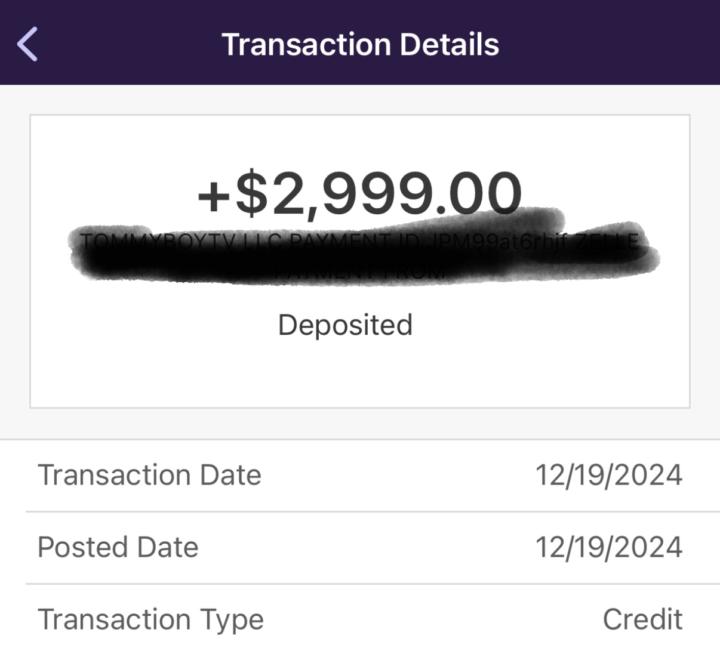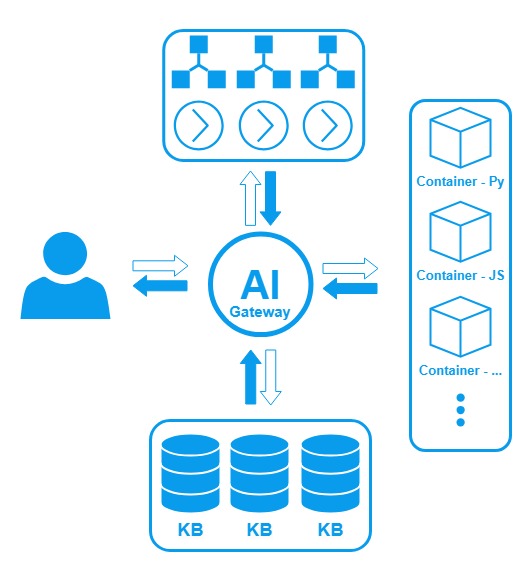Activity
Mon
Wed
Fri
Sun
Jan
Feb
Mar
Apr
May
Jun
Jul
Aug
Sep
Oct
Nov
Dec
What is this?
Less
More
Memberships
Wifi Life Premium
97 members • $39/m
Wifi Life
3.1k members • Free
23 contributions to Wifi Life
Software Engineers earns $10,000/mo with side hustles
NEW VIDEO 🎉. This software engineer earns $10,000/mo with his side hustles! Shubham is in this very community so feel free to ask questions under here :)
Tutorial or Learning Requests! 🎓
Hey everyone! I’m planning to put together some tutorials to help the community learn and grow — especially around automation and software development. I’d love to hear from you all. What topics are you interested in learning more about? Whether it’s automation tools, scripting, software projects, or anything tech-related, drop your ideas below! I’ll create a tutorial based on the most requested topics. Let’s build something awesome together 💻⚙️
Recent Projects I have been involved in
So, recently, at my software agency, Blinkz, my devs and I strive to continuously push the boundaries of innovation to make automation simpler, smarter, and more profitable. I’m excited to display a few recent standout projects that seem simple to the general eye but have each generated well over four figures in revenue—sometimes as a single payment, other times through ongoing monthly installments. These successes highlight technical expertise and underscore how powerful automation can be for any business aiming to scale. 1. FIFA & UEFA Bot Automation - Client Needs: A robust, efficient way to manage and create multiple accounts on both FIFA and UEFA platforms while avoiding bot detection and handling evolving security measures for the upcoming 2026 FIFA World Cup and the ongoing UEFA league games. - Features: Automated account creation, CAPTCHA resolution, advanced fingerprinting for human-like interactions, proxy rotation, Whop license integration, and CLI-based configuration. - Client Impact: Dramatically simplified account management on both FIFA and UEFA platforms, reducing manual overhead and tackling bot-detection barriers. The result? Smooth, secure processes that rapidly propelled client objectives forward, unlocking a fresh revenue stream for my business. 2. Instagram & X (Twitter) Monitor - Client Needs: Real-time social media updates for timely engagement, reducing the need for constant manual checking of new posts across Instagram and X for their reselling business, mostly monitoring accounts that sell branded items such as Supreme, Gucci, limited edition Nikes, and more. - Features: Real-time post monitoring and alerts on Discord, detailed logging, and scalability across multiple social media profiles, all running on a cloud server 24/7, keeping the client up to date all the time and never letting them miss a moment. - Client Impact: Instant, automated updates delivered straight to Discord, fueling audience engagement and freeing the client’s team to focus on creative, high-level tasks.
How I Built My Software & Bot Dev Agency from Scratch
A year ago, I had a vision: build cutting-edge automation tools and software that actually solve real problems for businesses and individuals. Fast forward to today, my agency has helped clients streamline workflows, scale operations, and generate revenue through smart automation. I didn’t start with clients knocking on my door—I built everything from the ground up. But by focusing on performance-driven results and delivering real value, I landed deals, optimized my systems, and scaled up. Here’s a look at some of the projects that made it happen: 🚀 AutoSplits – A reverse stock split arbitrage tool that automates trading across brokerages, making profit opportunities seamless. 📩 InSend – A request-based Instagram, LinkedIn, and email outreach tool with personalized AI messaging, boosting engagement and conversions. 👟 VibeVault – A centralized Shopify-based clothing/sneaker bot that ensures users never miss a drop. 🤖 Personalized Social Bots – Instagram & Twitter monitoring bots running in the cloud, keeping clients up to date on their target accounts’ content. 📧 Email Scraper + Google Sheets Automation – A ticketing business tool that scrapes and organizes client emails, cleans up data, and adapts to any template with AI-driven precision. 🌍 Custom Websites – From personal portfolios to business websites for local companies, built to enhance online presence. 🎮 FIFA Account Generator – A browser-based account generation bot tailored for FIFA enthusiasts. and More!!! But here’s the thing: building software is just one part of the game. What really helped me scale my agency to consistent five-figure revenue wasn’t just the tech—it was how I handled client relationships and pricing. And how I involved my peers from this community to make this possible to meet client requirements. It’s Not Just About Transactions—It’s About Relationships A lot of devs focus too much on short-term profits instead of long-term client value. My business model isn’t just about one-time deals—it’s about keeping clients around. That’s why I structure my pricing in multiple ways depending on the project:

Scalable Agents
Hey everyone! I am thinking of building a showcase of scalable polyglot agents. For stage one I plan to implement the following concept (see the picture). 1. Input/Output interface for interaction 2. LLM as a gateway; 3. Collection of actions or workflows; 4. Collection of data items for knowledge base (implementing RAG technique); 5. Scalable containerized polyglot environments to execute automations. Does anyone have experience with anything similar? I already kind of imagine the toolset I could use, but would be great to here any suggestions.

1 like • Mar 5
@Eduard Bogdanov That’s a really cool setup! I’ve done something similar—breaking things into smaller, containerized services really makes a difference. RAG has been a game-changer for me because it stops the model from making stuff up by pulling in real data from a knowledge base. For example, I built a helpdesk chatbot for a company with a massive library of internal docs—like policy manuals and product guides. When someone asked a question, the system turned it into an embedding, searched a vector database for the most relevant docs, and then fed that context into the LLM. The result? The chatbot gave smart, accurate answers that were grounded in real company info. I’d also recommend making your LLM service easy to swap out so you can test different providers or fine-tune it for your specific needs. If you’re using external APIs, keep an eye on concurrency limits. For storing embeddings, Pinecone or Weaviate work great, and if you’re on a budget, FAISS or Chroma are solid options. Tools like Airflow, Prefect, or Dagster can help manage complex workflows, while Celery or RabbitMQ are perfect for real-time “agent” actions. Docker is ideal for isolating different language environments, and if you need to scale up big time, Kubernetes is the way to go. Also, chunk your data to avoid token overload, combining short-term memory (recent interactions) with your vector store for long-term context. Finally, plan for security and observability right from the start—encrypt embeddings, when necessary, set up proper access controls, and monitor everything to catch any bottlenecks early. Really looking forward to seeing where you take this!
1 like • Mar 6
@Eduard Bogdanov Hey Eduard, glad you found the response helpful! For me, it really depends on the project’s size. If you’re just experimenting or working on a small-scale project, sticking with clean, modular code is a solid approach you get full control without the overhead of a framework. But if you start noticing that your workflows are getting more complex or you’re juggling multiple tasks, then a framework like Airflow or Prefect can really streamline things with built-in scheduling and error handling. Essentially, start simple and transition to a framework when the complexity demands it. Hope that helps!
1-10 of 23
@shubham-shrivastava-7410
Software Engineer | Rising Techpreneur
Active 13d ago
Joined Sep 12, 2024
Powered by



